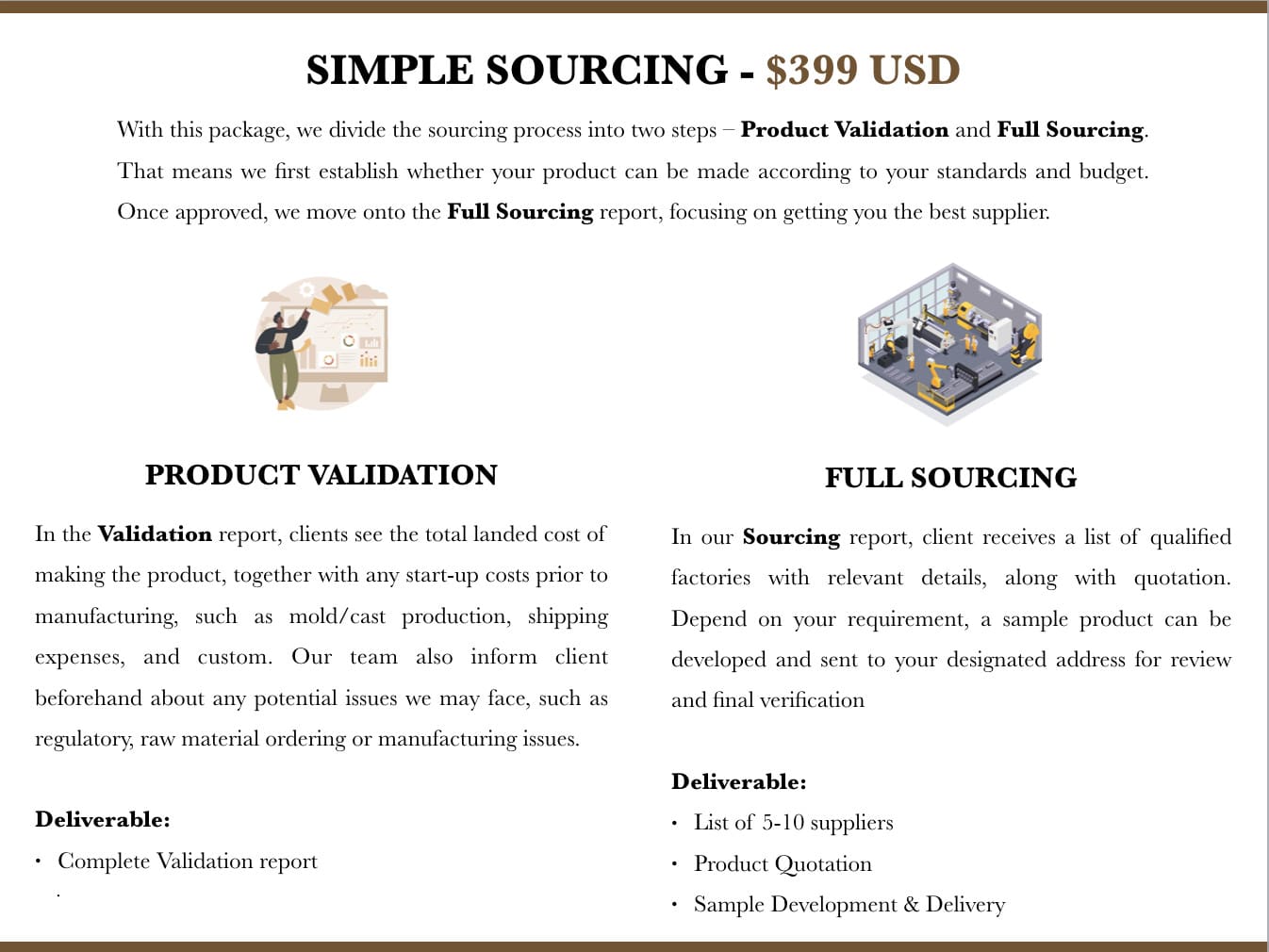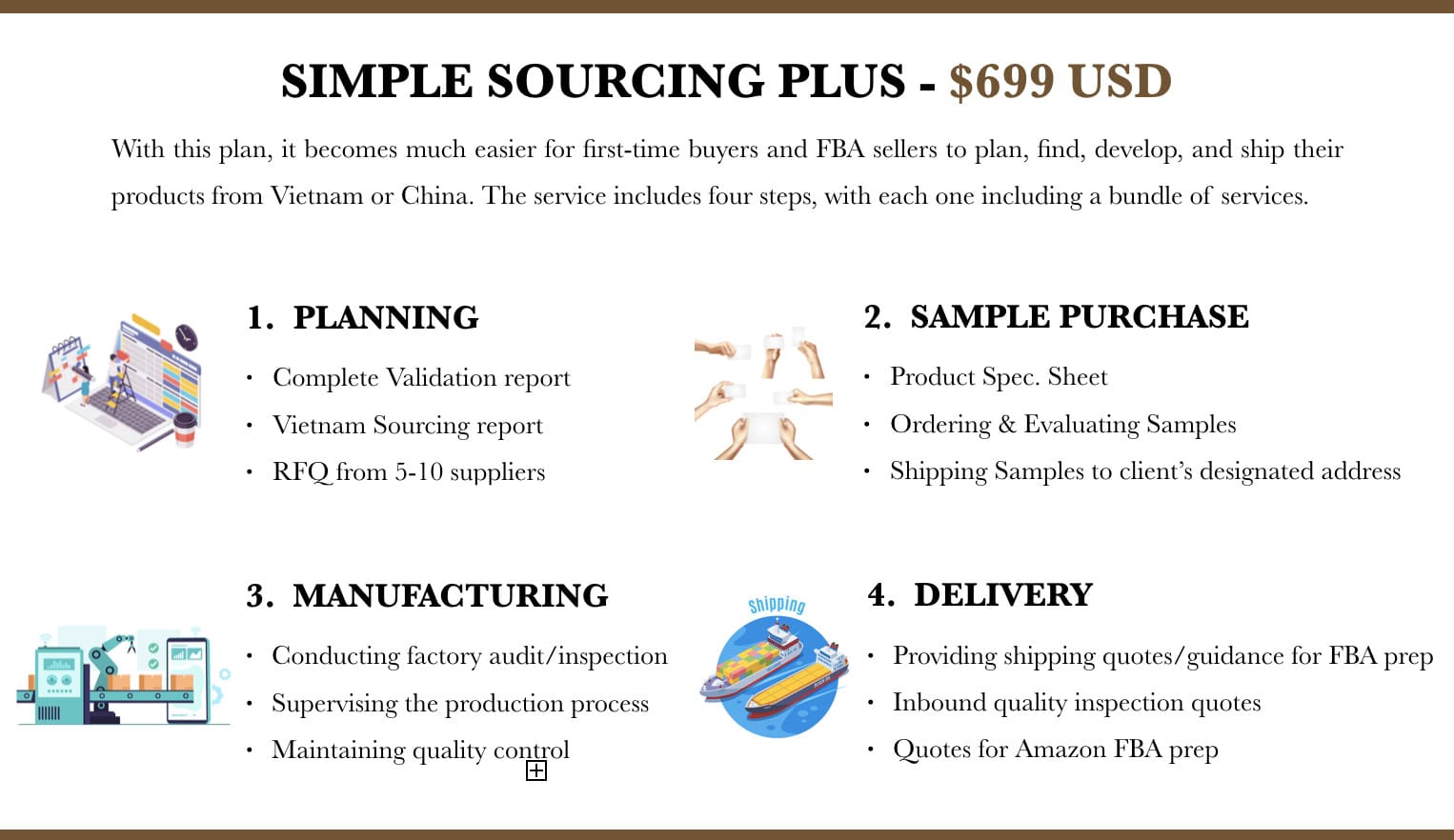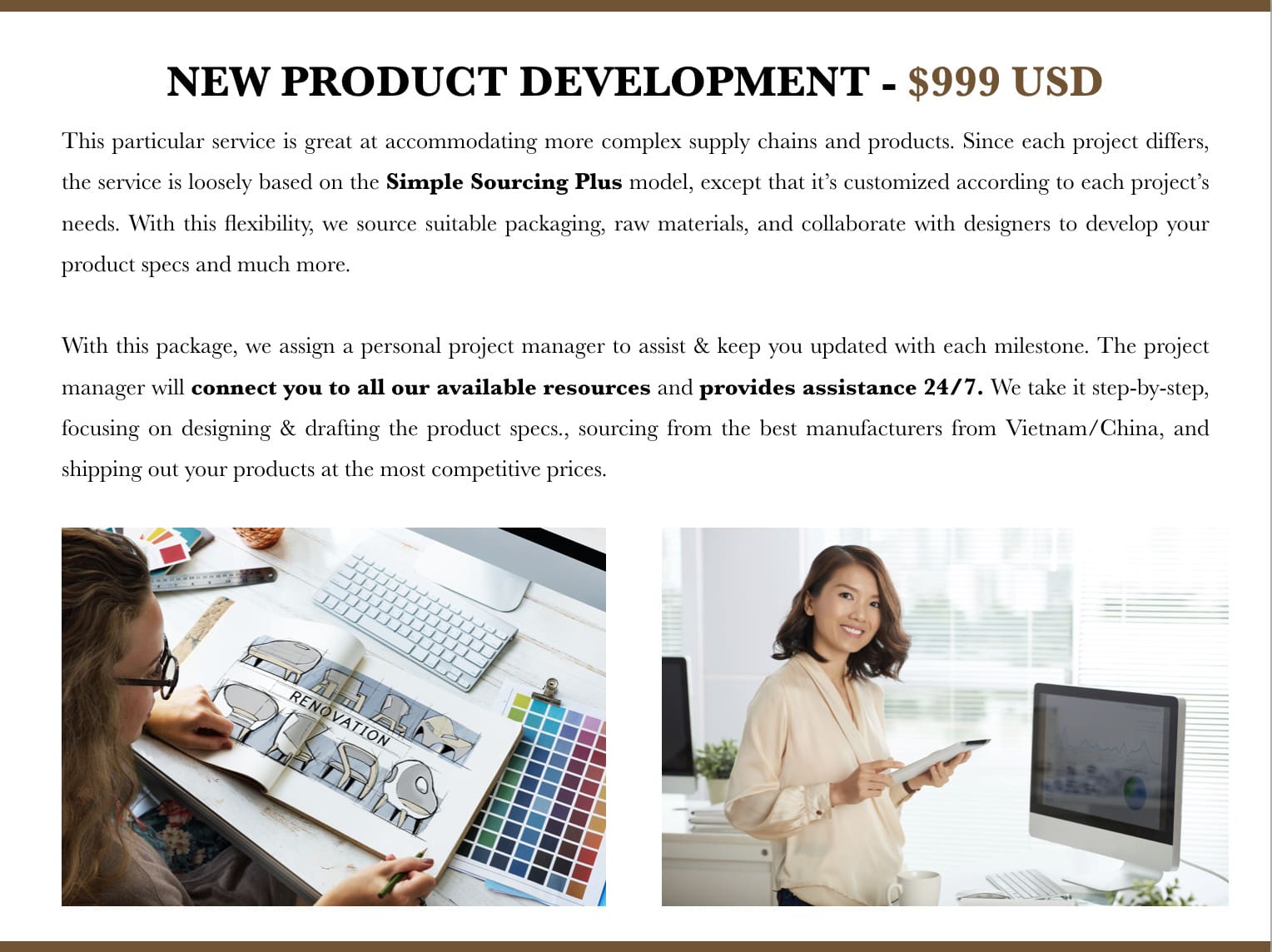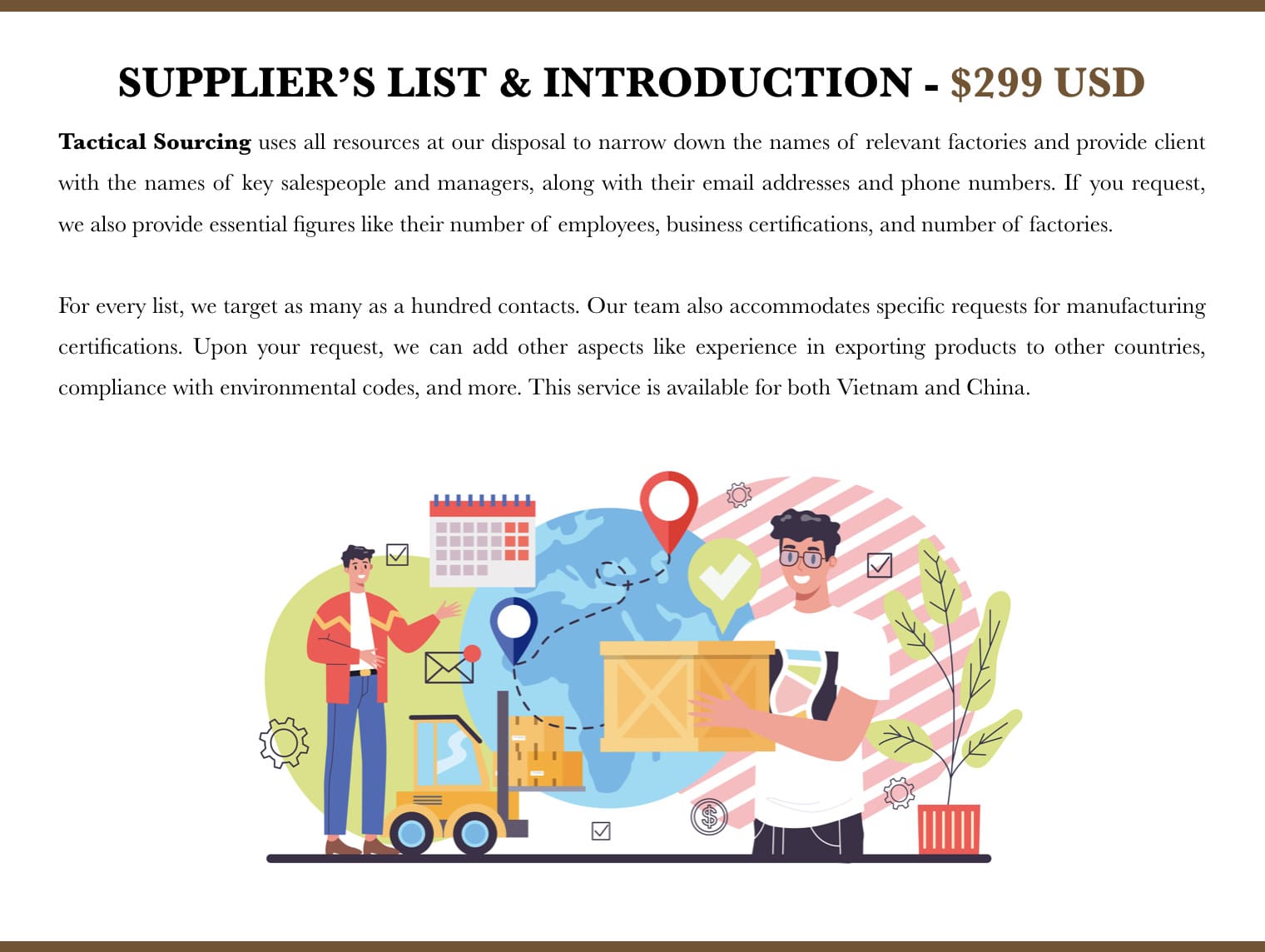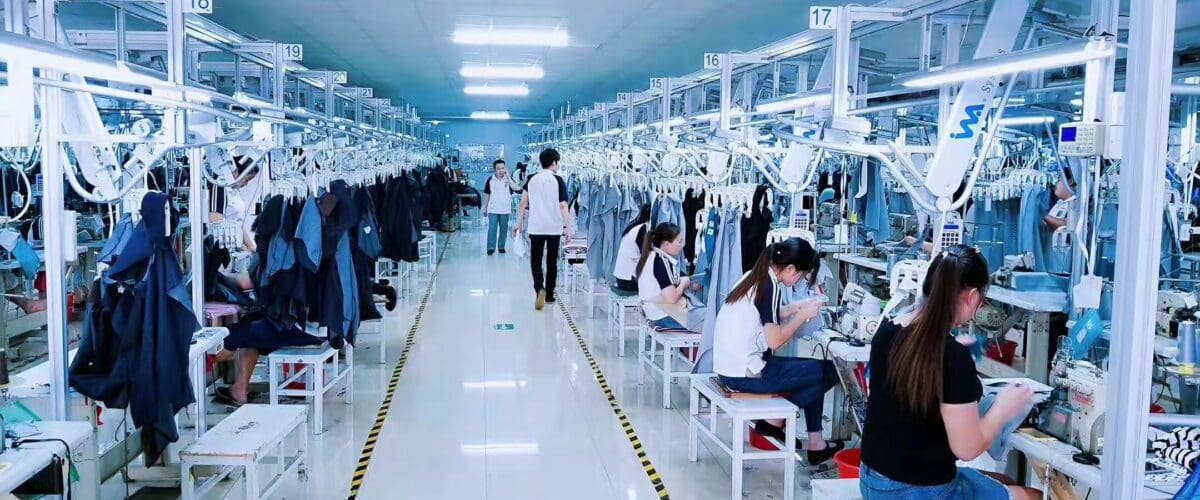
Vietnam is the world’s 3rd largest clothing exporter, behind China and Bangladesh, but it has the fastest-growing output of any country. There are over 6,000 factories dedicated to clothing and textiles in Vietnam, and the industry employs over 2.3 million people throughout the Country. Over 70% of these factories are located in or near Hanoi and Ho Chi Minh City.
As of 2016, Vietnam Exported over $28 Billion worth of Clothing and Textiles, with the United States and the E.U. being two of the most significant destinations. Vietnam is a well-balanced sourcing destination with one of the highest speed-to-market rates, considerable cost, and moderate social compliance.
In 2019, Vietnam and Bangladesh were the two fastest-growing countries in the textile industry. Over the next decade, The forecast for the global share of textile manufacturing is 30-50% in China, 11-30% in Vietnam, and The rest of the world. The China + one model is increasingly becoming China + Vietnam, as Vietnam becomes the world’s preferred alternative sourcing destination.
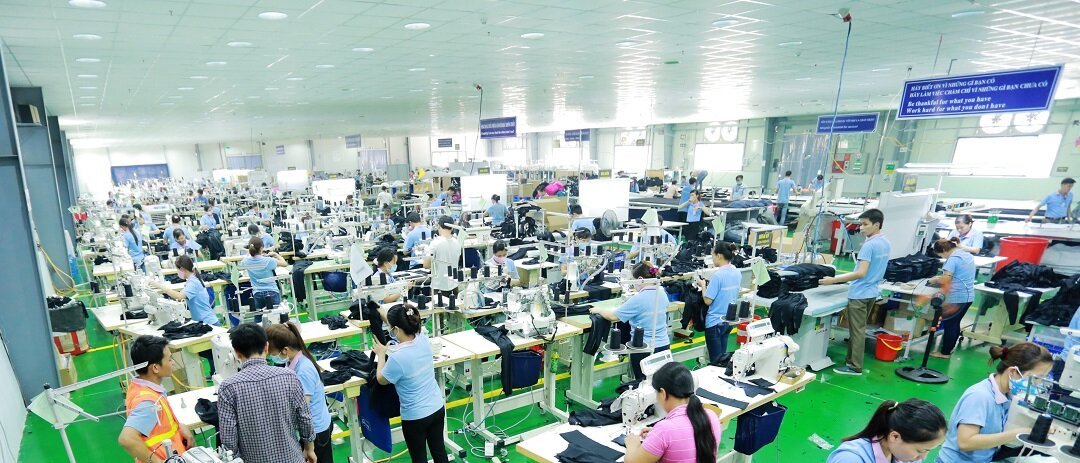
What Types of Clothing, Garments, Textiles, and apparel does Vietnam Make?
- Casual Wear
- Shirts/ tops
- Outerwear (Jackets, Coats, etc.)
- Underwear
- Sportswear
- Uniforms
- Pants
- Formal Wear
- Technical Fabrics
- Children Clothing
- Home and Furniture Textiles
- Yarns
- Labels
- Ready-Made Garments
- Woven goods
Cut and Sew items in Vietnam.
In addition to Clothing, Vietnam also makes other items from Fabrics to Cut and sew the industry name of taking a piece of fabric and cutting and sewing it into articles, including clothing and bags.
- Bags
- Backpacks
- Briefcases
- Hats
- Caps
- Shoes
- Socks
- Footwear
CLICK HERE TO LEARN HOW TACTICAL SOURCING CAN HELP YOU FIND SUPPLIERS IN VIETNAM!
Pros and Cons of Vietnam Clothing manufacturing
Advantages of Vietnam Manufacturing
Price
Vietnam is one of the cheapest countries to manufacture clothing, textiles, and apparel without sacrificing quality.
Free trade and tariff advantages
Vietnam has Free trade agreements with All of Southeast Asia, as part of ASEAN, and Japan, South Korea, India, and Australia. In addition, it should have a new free trade agreement with the E.U. this year and a bilateral trade agreement that’s just short of free trade with the United States. We discuss this more below.
Very high production quality
Regarding the quality of finished goods for clothing, Vietnam is among the world’s top 90%.
Lead time
In the fast fashion industry, there is a term called Speed to Market, also called Make to Market, which is the rate at which an item goes from the start of production to a retail store ready to be sold. Vietnam has one of the fastest rates in the world regarding Fashion and Clothing. For this reason, Vietnam is the largest supplier of stores such as Uniqlo and marks and Spencer.
Disadvantages of Vietnam Manufacturing
Lack of flexibility with Order Quantity
Vietnamese manufacturers are less willing to do small orders, often less than 2000, and small sample runs. The low M.O.Q.s can cause headaches for those who wish to start small and scale up.
Many components come from China.
Even though Vietnam has a decent base to source raw materials in-country, many components such as buttons and zippers still need to be sourced and imported from China. This step can often add as much as a month to the production time. The delays due to shipping from China mainly affect the first order; by the second order, the supplier can order earlier so that you can have a faster lead time.
Logistics of Shipping Clothing From Vietnam
Vietnam has an extensive network of ports that allows for quick shipping to the U.S. west coast in 3 weeks, the U.S. East coast in 4-6 weeks, and Europe in 4 weeks. One thing to keep in mind is that logistics in-country are less developed than they are in China. For instance, as a result, there may be delays in getting a container from the factory to a port. Ports are often overcrowded, and it’s not uncommon for a week-long delay before the container can enter the port.
The effect of Tariffs and Free Trade Agreements in Vietnam
Vietnam is arguably the most significant single winner in the trade war. Since the first tariffs, manufacturers, including clothing manufacturers, have rushed to Vietnam, causing a massive surge in demand and investments.
EU-Vietnam Free Trade Agreement
The European Union-Vietnam Free Trade Agreement was ratified in 2015 and will go into effect by the end of the year. The Agreement will grant Vietnam manufacturers and E.U. buyers to trade freely and allow European businesses and investors to set up manufacturing operations without many restrictions in Vietnam. Beyond the E.U. agreement, Vietnam has aggressively sought to get into more free trade agreements with several other countries. For example, Vietnam is a founding member of the Association of Southeast Asian Nations (ASEAN) and has a free trade agreement with South Korea. As a result, Samsung alone produces $58 Billion worth of goods in Vietnam a year. They’re also in talks to join the revised Trans-Pacific Partnership agreement.

Comprehensive and Progressive Agreement for Trans-Pacific Partnership (CPTPP)
Reports of the death Tran Pacific Partnership were exaggerated. The CPTPP is effectively the same as the old T.P.P., with one major exception: the United States is not involved. The deal will give Vietnam Free trade access to 13 countries, including Canada, Australia, Brunei, Chile, Japan, Malaysia, Mexico, New Zealand, Peru, and Singapore. This Agreement will allow free exports and direct foreign investment into Vietnam. In addition, the CPTPP will help spur financing for a massive increase in production.
Tariffs on China Have Hit the Apparel Industry Hard
Apparel, clothing, textiles, and cut-and-sew are some areas hit the hardest by the tariffs. These categories thus see about 25% in extra taxes applied in China. As a result, about 83% of American businesses in China say that they will be looking elsewhere for future production, with Vietnam being the top target.
What clothing Brands are Made in Vietnam
Since Vietnam is among the largest clothing manufacturers globally, we could say that any significant brand has manufacturing in Vietnam. We listed some of the top brands that manufacture in Vietnam below:

- MANGO
- GAP
- C & A
- Calvin Klien
- Columbia
- Walmart
- Marks & Spencer
- Target
- Decathlon
- JCPenney
- The Children Place
- Patagonia
- The North Face
- Columbia
- Super Dry
- Levi’s
- Converse
- Hurley
- Jordan
- Nike
- Under Armour
- Lacoste
- Primary
- P.V.H.
- Gap
- Esprit
Regulations When Importing Clothing into the U.S. and E.U.
Before importing clothing, textiles, garments, and other cut-and-sew goods into the United States, you need to know a few regulations and requirements.
Both the U.S. and E.U. have restrictions on chemical and heavy metals, including:
- AZO dyes
- Cadmium
- Formaldehyde
- Lead
- Mercury
If importing to the E.U., you must comply with REACH regulations.
And if you plan on selling in California, you need to know Prop 65, which restricts and requires labeling known carcinogens. Many but not all Vietnam suppliers that have experience manufacturing for the U.S. and E.U. are familiar with these regulations. However, the onus is on the buyer to verify the products.
Labeling Requirements
To import items into the United States, you must ensure that each clothing article is labeled correctly. Sewport has a detailed guide on Labeling Requirements.
- Country of origin (in this case, “Made in Vietnam”)
- Composition of Fibers
- ASTM care labels
The TSC Team,


